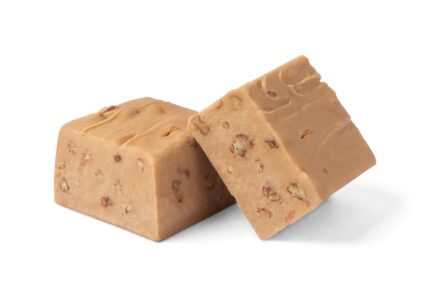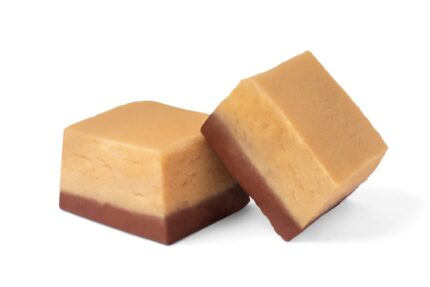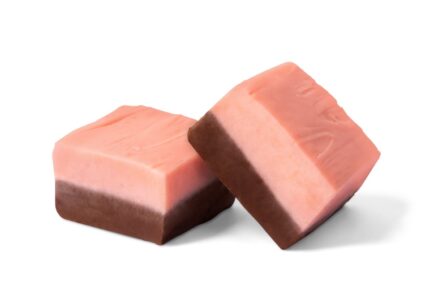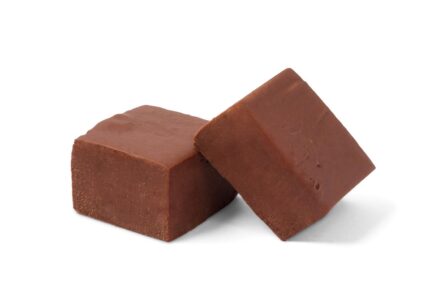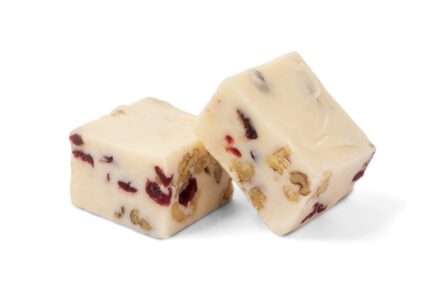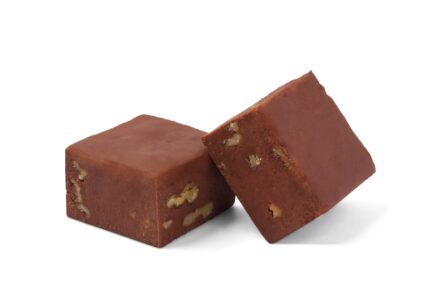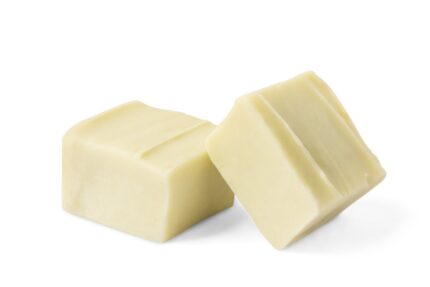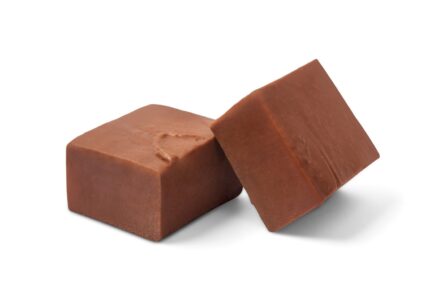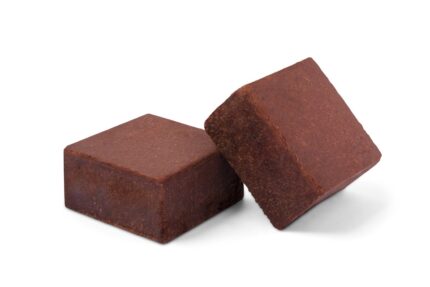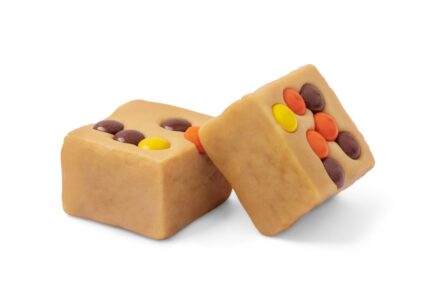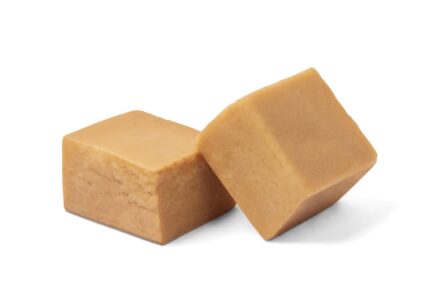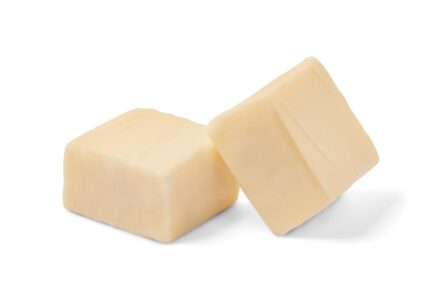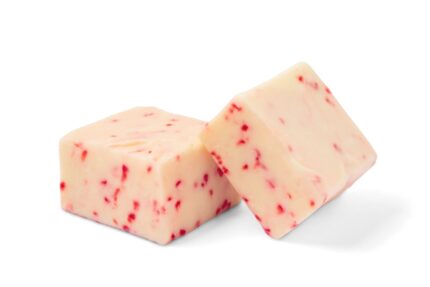Fudge is a delightful treat, but there’s more to it than meets the eye (or should we say, taste buds?). Here at Air Candies, we’re passionate about creating fudge that’s not just delicious, but also made with care and tradition.
But what truly sets our fudge apart is the love and care we put into making it. We use only the finest ingredients and traditional methods to create fudge that is bursting with flavor.
While fudge is a popular treat today, it has a long history dating back centuries. Some places, like Mackinac Island, are even known as the “Fudge Capital of the World.
Caramel Pecan Fudge
Chocolate Cheesecake Fudge
Chocolate Chip Cookie Dough Fudge
Chocolate Peanut Butter Fudge
Chocolate Pecan Fudge
Chocolate Raspberry Fudge
Classic Old-Fashioned Chocolate Fudge
Cranberry Walnut Fudge
Decadent Chocolate Walnut Fudge
Kentucky Bourbon Fudge
Key Lime Fudge
Maple Walnut Fudge
Milk Chocolate Fudge
Old Fashioned Chocolate Fudge (Sugar-Free)
Oreo Cookie Fudge
Peanut Butter Explosion Fudge
Peanut Butter Fudge
Pumpkin Pie Fudge
Salted Caramel Nut Fudge
Vanilla Fudge
White Chocolate Peppermint Fudge
Fudge, with its silky, dissolving quality, stands as a universally cherished treat, transcending age and preference. Beyond its luxurious flavor, fudge harbors a deep historical background and intriguing scientific underpinnings.
A Voyage Through History
The origins of fudge are enigmatic, yet it’s widely accepted to have emerged in the United States during the late 19th century. Tales of its inception vary, from an accidentally undercooked batch of caramels to a purposeful culinary experiment by inventive cooks looking for an easier candy-making method.
Fudge’s popularity soared quickly. By the early 20th century, fudge boutiques were a common sight in America, and by the 1950s, it had become a fixture at community gatherings and bake sales. A survey conducted by the National Confectioners Association reveals that today, 72% of Americans regard fudge as a timeless delicacy.
The Sweet Science
The allure of fudge can be attributed to the scientific phenomenon of sugar crystallization. Contrary to hard candies, which require higher temperatures, fudge is crafted at the “soft-ball” stage, fostering the development of tiny sugar crystals. This results in the creamy consistency we adore.
Fudge’s opulence is enhanced by the incorporation of fats, such as butter or cream, which play a crucial role in preventing excessive crystal formation and adding to the confection’s rich texture. Research in the Journal of Food Science highlights how the variety and quantity of fat influence fudge’s texture and longevity.
Exploring Fudge Varieties
Although chocolate is the quintessential fudge flavor, a myriad of alternatives awaits the adventurous palate. From classic variants like maple walnut and peanut butter to innovative creations featuring fruit purees, exotic spices, and spirited concoctions, the fudge spectrum is broadening.
Fascinating Fudge Tidbits
Fudge enjoys international acclaim, with cultural adaptations like Brazil’s “doce de leite” and China’s “fugazhu” showcasing its global appeal. Fudge has touched the realm of philanthropy and politics; Ronald Reagan, the 40th president of the United States, was particularly fond of fudge, frequently serving his signature peanut butter fudge at White House events. Fudge’s reach extends even to the cosmos, with astronaut Bill Nelson indulging in a special fudge treat aboard the Space Shuttle Columbia in 1986. As you relish a piece of fudge next, pause to appreciate not only its indulgent taste but also its storied past, the captivating science of its composition, and the boundless opportunities for flavor innovation. Fudge, indeed, represents more than just a sweet indulgence; it’s a journey of taste, tradition, and scientific exploration.







